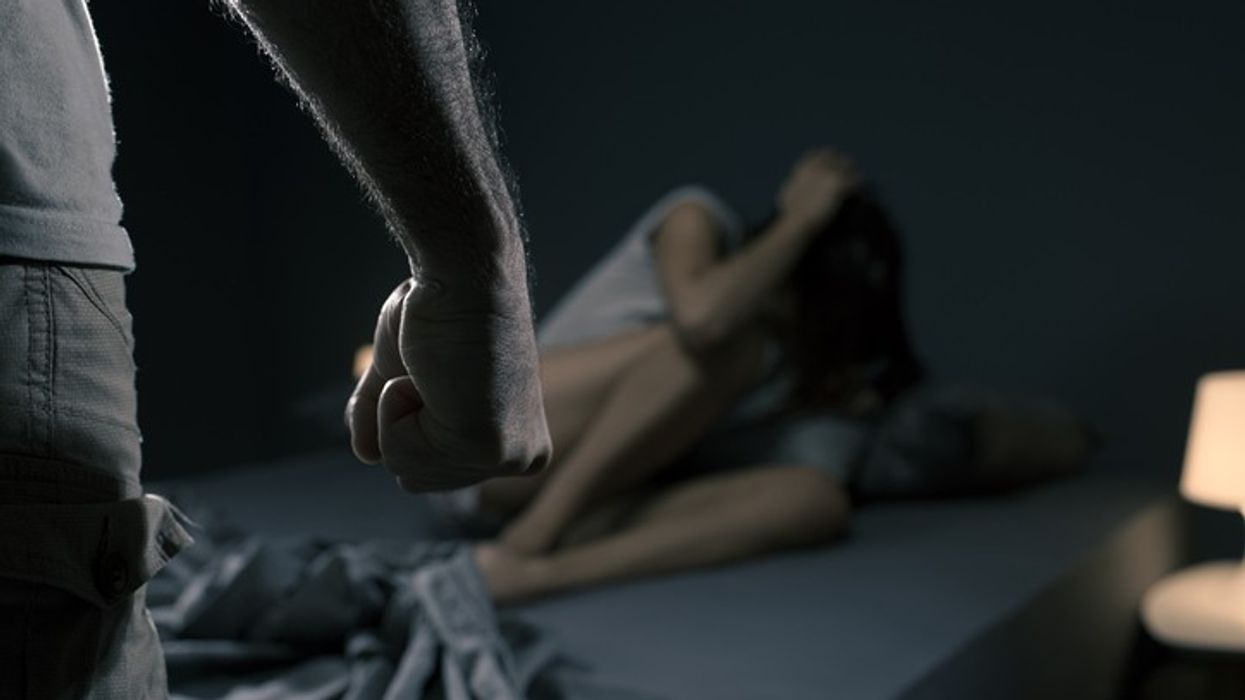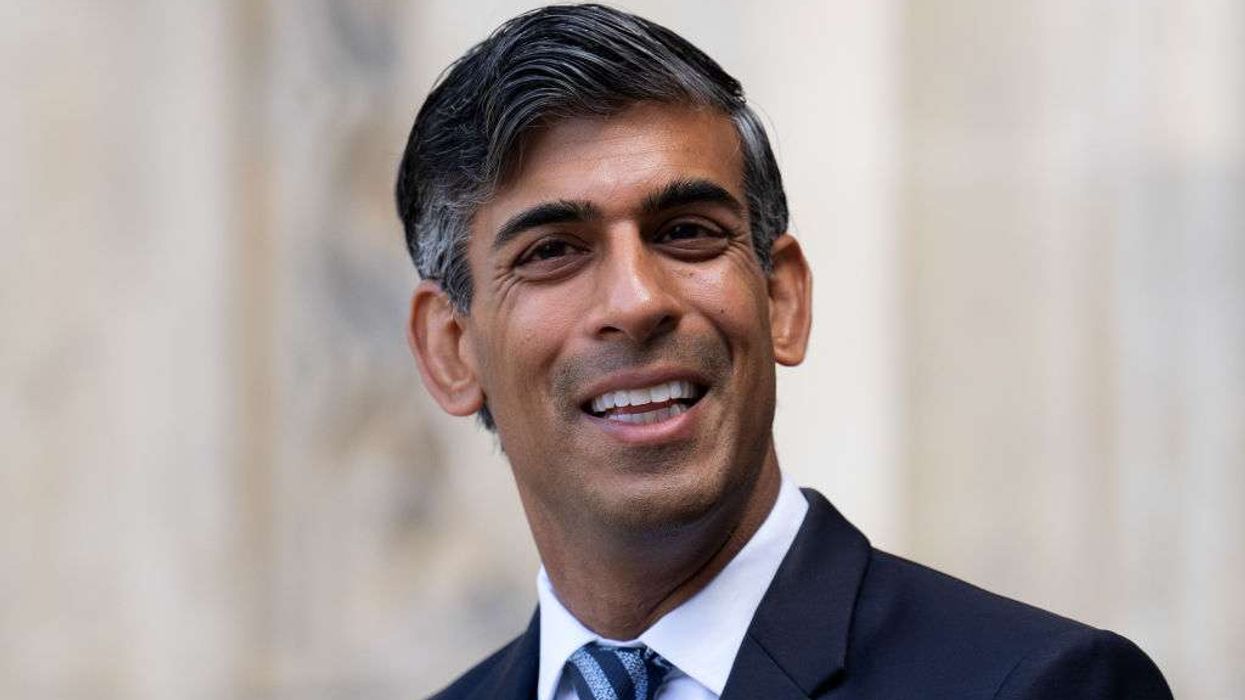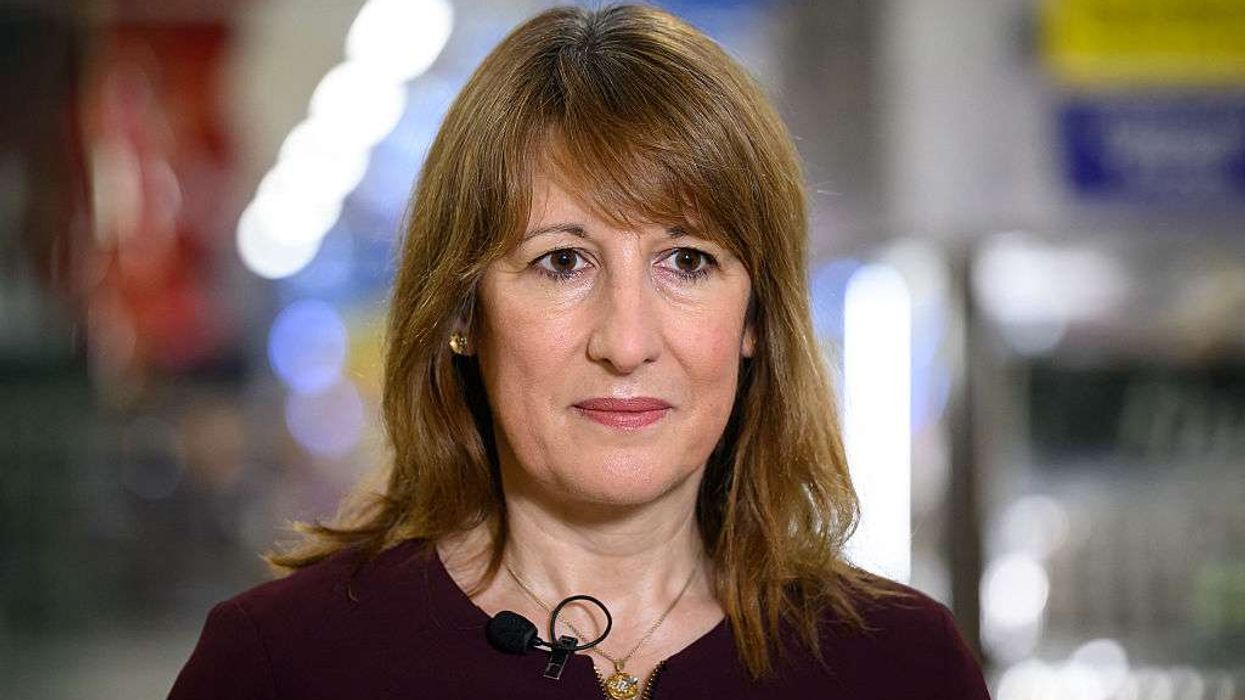Highlights
- ISKCON London acquires 7 Bury Place, its first UK temple site opened in 1969, for £1.6 million at auction.
- Five-storey building near British Museum co-signed by Beatle George Harrison who helped fund original lease.
- Site to be transformed into pilgrimage centre commemorating ISKCON's pioneering work in the UK.
The 221 square metre freehold five-storey building near the British Museum, currently let to a dental practice, offices and a therapist, was purchased using ISKCON funds and supporter donations. The organisation had been searching for properties during its expansion when the historically significant site became available.
The building holds deep spiritual importance as ISKCON's UK birthplace. In 1968, founder A.C. Bhaktivedanta Swami Prabhupada sent three American couples to establish a base in England. The six devotees initially struggled in London's cold, using a Covent Garden warehouse as a temporary temple.
A pivotal moment came in December 1968 when devotee Shyamsundar Das met Beatle George Harrison at an Apple Records party. Harrison, already familiar with the Krishna movement, co-signed the lease for 7 Bury Place and helped fund it. Prabhupada had insisted he would only visit London once a formal temple was established.
Growth and return
In December 1969, Prabhupada formally inaugurated London's first Radha-Krishna temple at Bury Place, installing the Sri Sri Radha-Londonisvara deities—the first time Radha-Krishna deities were installed in a temple in the West.
By 1972, rapid growth made the building too small, with devotees sleeping on stairs. Harrison then purchased Bhaktivedanta Manor for the expanding community. In 1978, the temple moved to Soho Street, where ISKCON London remains based today.
Praghosa Das of ISKCON UK pointed that "To reacquire 7 Bury Place is to reclaim our spiritual birthplace in the UK. Our hope is to transform it once again into a living, breathing centre of Krishna consciousness, an ISKCON tirtha, place of pilgrimage for devotees."













